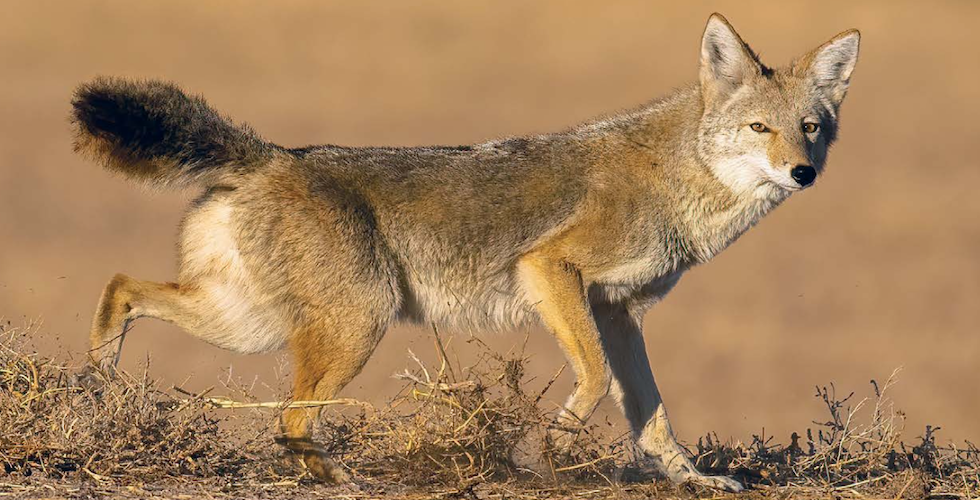
This Fall, Get to Know the Wild Side of Arizona
Critters of Arizona is a wildlife pocket guide for children that’s informative, concise, and easy to use. Biologist Alex Troutman presents each species with a professional-quality photograph that’s paired with such neat-to-know details as habitat, range, and preferred food sources. Illustrations of critter tracks complement the information, and a “Did You Know?” paragraph provides fascinating trivia.
Did you know?
Black-tailed jackrabbits are hares, not rabbits. The difference is that rabbits are smaller and born without fur, while hares are larger and born with fur. Jackrabbits have powerful legs that allow them to reach speeds of over 30 miles per hour and leap more than 10 feet in length.
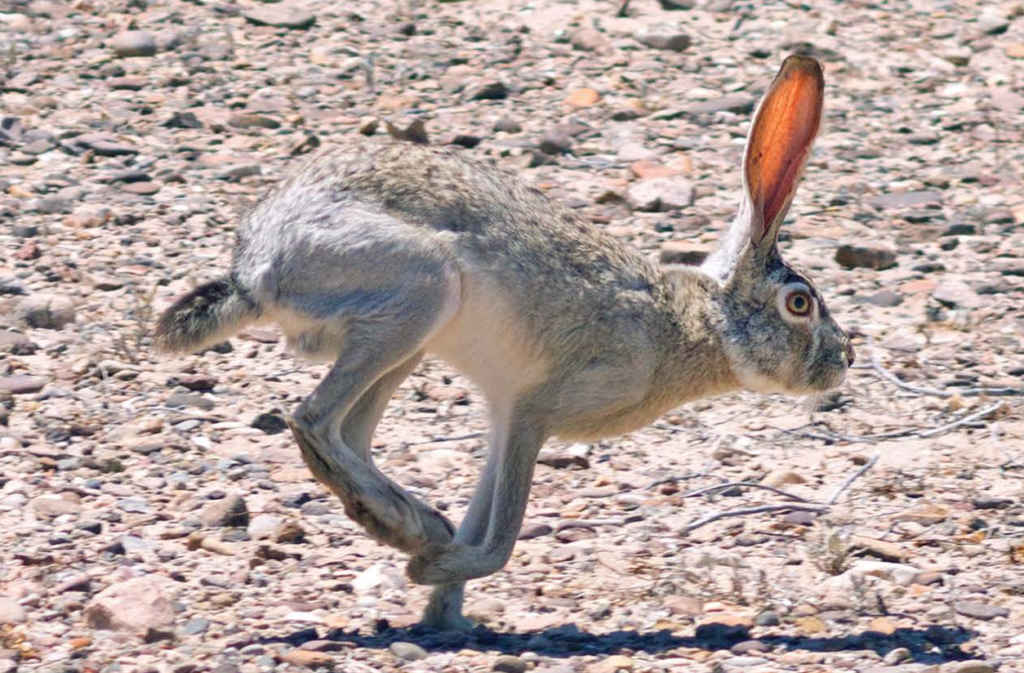
Arizona is known for its beautiful desert landscapes, including the Grand Canyon, Petrified Forest, and the Painted Desert. But the state is much more diverse than many people think, with mountains, forests, grasslands, and even moist areas around the Colorado River floodplains. Many Indigenous tribes, such
as the Navajo, Apache, and Hopi, have lived on the land for thousands of years, well before the Spanish arrived in the 1530s. The state, along with California, Utah, Nevada, and New Mexico, was a part of Mexico until the end of the Mexican–American War, which in 1848 was won by the United States. It became a state in 1912.
At the northeast corner of the state, there is a place where you can be in Arizona, Utah, Colorado, and New Mexico all at once! In the northwest part of the state is its most famous landmark (and the reason for its nickname): the Grand Canyon. It was carved over time by the Colorado River through a process called erosion; its deepest point is 6,000 feet, but it is still home to many animals such as pronghorns and hawks. In northeastern Arizona is the Petrified Forest National Park, which preserves the trees and animals that were in the area 200 million years ago. The Sonoran Desert takes up most of the southern part of the state and is home to many wild reptiles not seen anywhere else in the US.
These environments are home to many animals, including 144 species of mammals, 570 species of birds, and 151 species of reptiles and amphibians, not to mention fish, countless insects and spiders, plants, and more. This is your guide to the animals, birds, reptiles, and amphibians that call Arizona home.
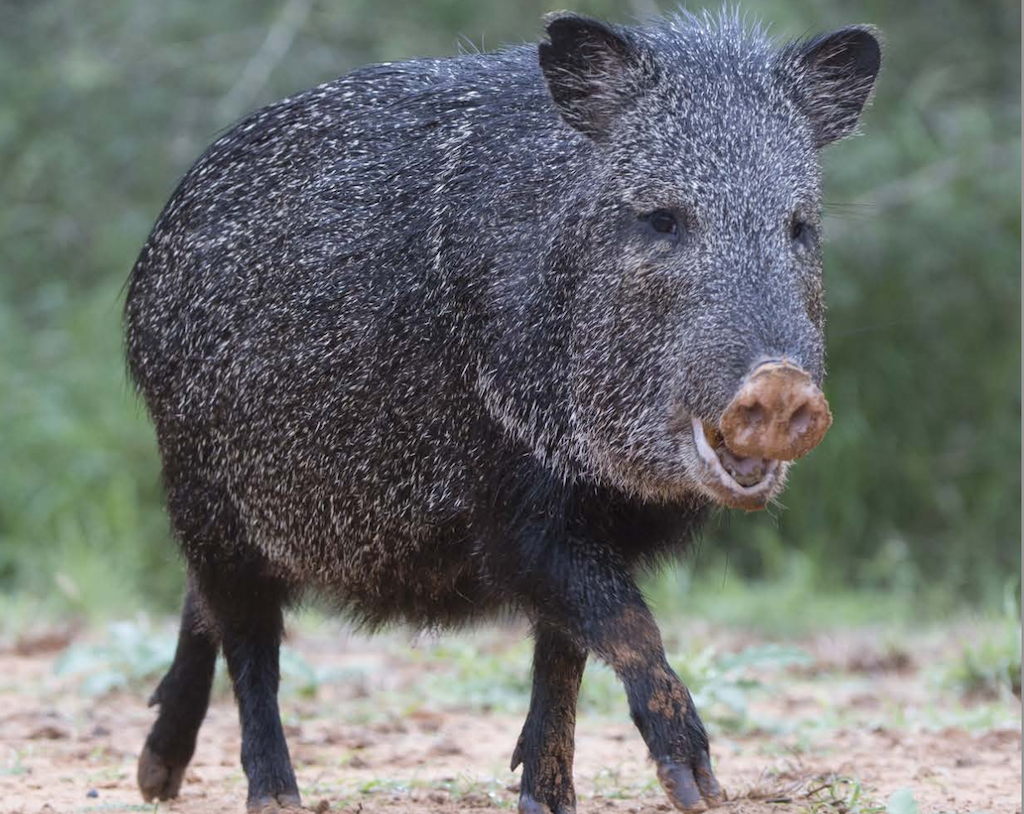
Did you know?
Collared peccaries are not pigs! In fact, they do not share any recent ancestors. One way to distinguish them is that collared peccaries’ tails are stumped and not easily visible, while pigs’ tails are long. Also, collared peccaries have a scent gland on the top of their rump, while pigs do not. They will use this gland to rub their scent on trees and rocks to mark territory.
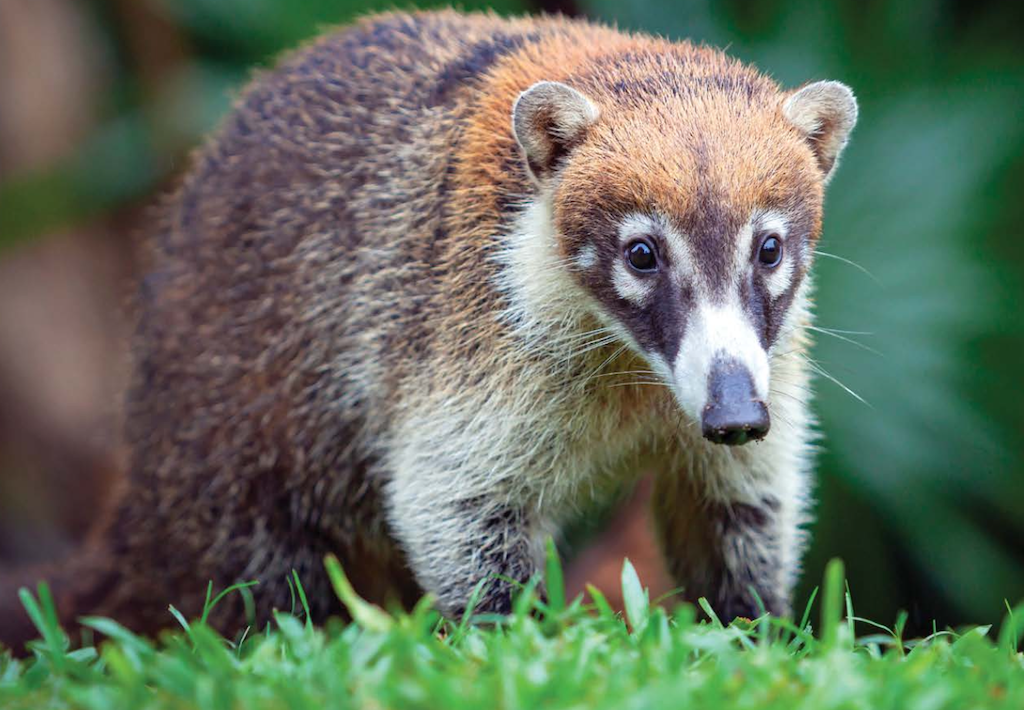
Did you know?
The white-nosed coati is not a raccoon, but it is in the same family. Coatis will sometimes travel over a mile in a day in search of food, often using their tail to aid in balance.
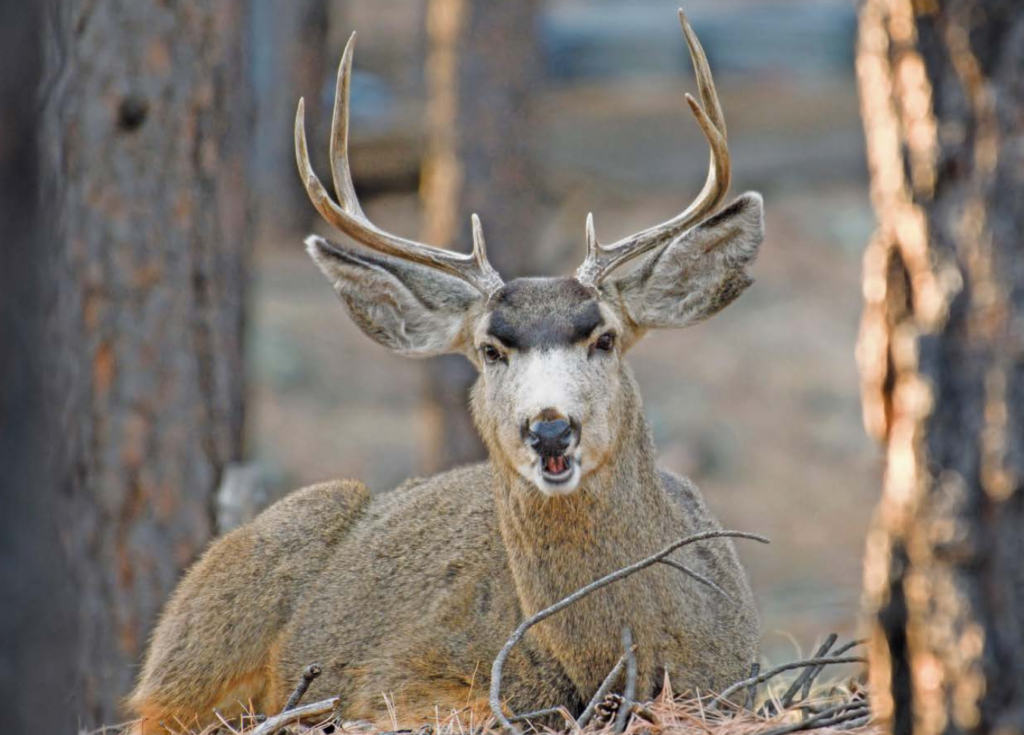
Did you know?
Mule deer get their name from their large ears that resemble those of mules. When they first emerge, a deer’s antlers are covered in a special skin called velvet. Deer can run up to 40 miles per hour and can jump over 8 feet vertically (high) and over 15 feet horizontally (long). Mule deer and other deer species do not have teeth on the top of their mouth, just a hard palate.
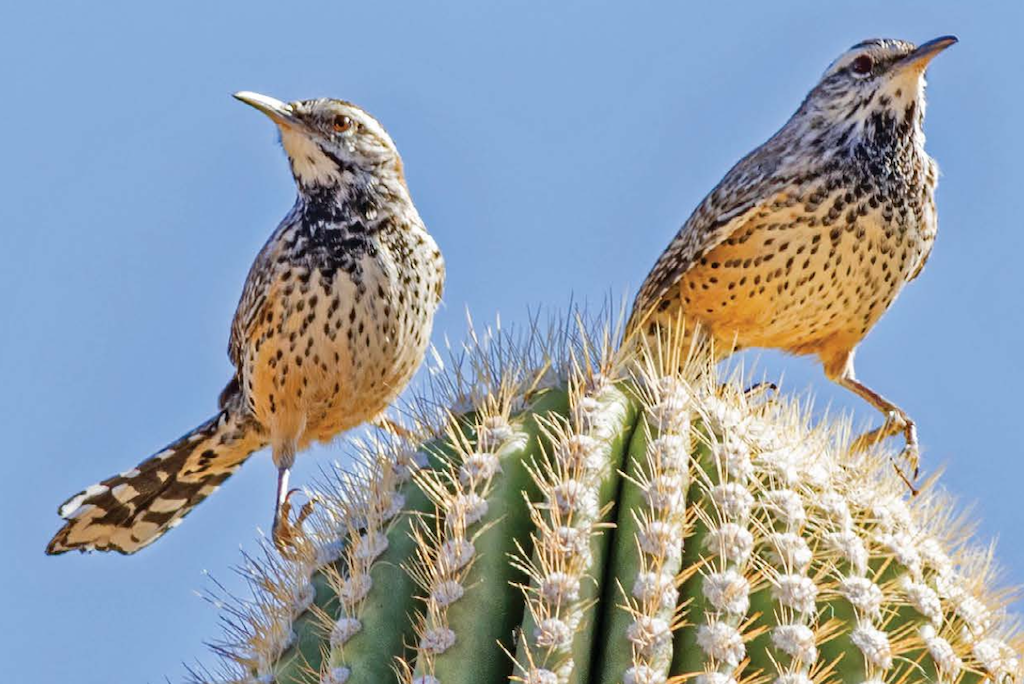
Did you know?
The cactus wren is the largest wren in the United States! They get their name from living on cacti.
Arizona critters are a subject often used in STEAM lessons, and this book is a product of AdventureKEEN’s long-term partnership with Wildlife Forever. A portion of the proceeds from sales will benefit the organization’s work to restore habitats and teach the next generation about conservation.
About the author: Alex Troutman is a Fish and Wildlife Biologist and Environmental Educator with a passion for sharing and immersing the younger generation in nature. He has a Bachelor’s Degree in Biology and a Master’s Degree with a focus on Conservation Biology from Georgia Southern University. Knowing how it feels to not see anyone who looks like you in your dream career, Alex makes it a point to be that representation for young people. He is the co-organizer for several Black in X weeks, including Black Birders Week and Black Mammologists Week, and he takes part in wider movements encouraging diversity in nature, the celebration of Black individual scientists, awareness of Black nature enthusiasts, and diversity in STEAM fields.
With a passion for nature that started when he was young, Alex was always amazed by the red-tailed hawks soaring overhead when he went fishing with his family. He looked up to conservationists like Steve Irwin and Jeff Corwin. Now he has made a career out of that passion and curiosity. In his spare time, you can find him camping, exploring nature with his dog, and birding.
If you enjoyed this post, please sign up for our newsletter now, and order Critters of Arizona here.


